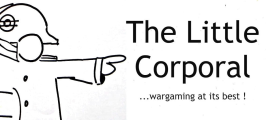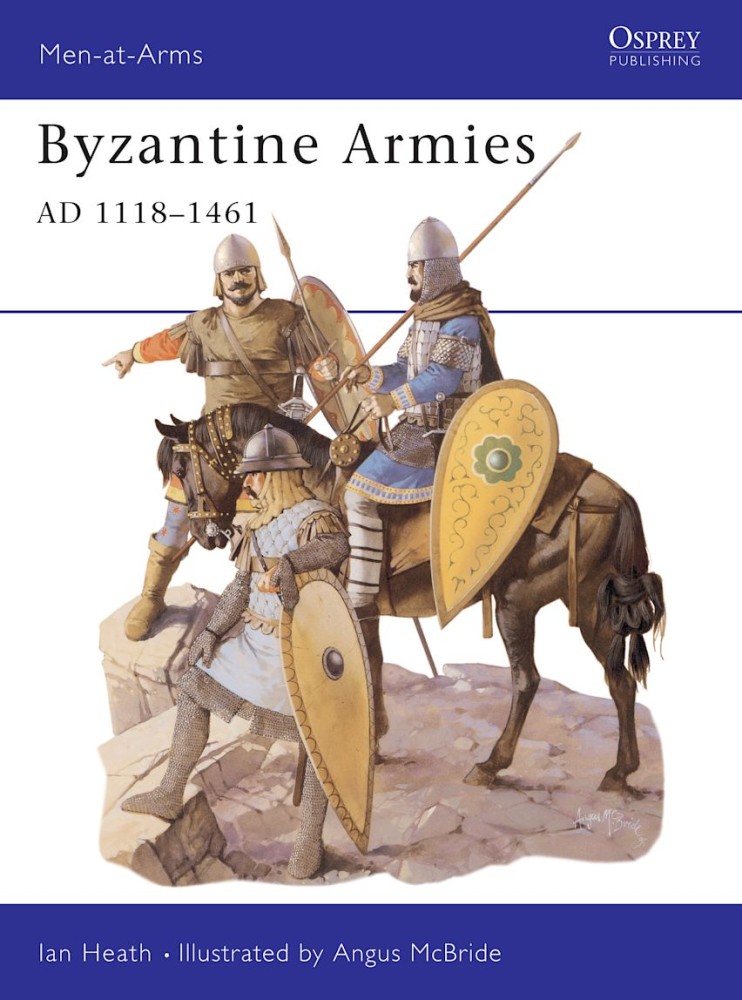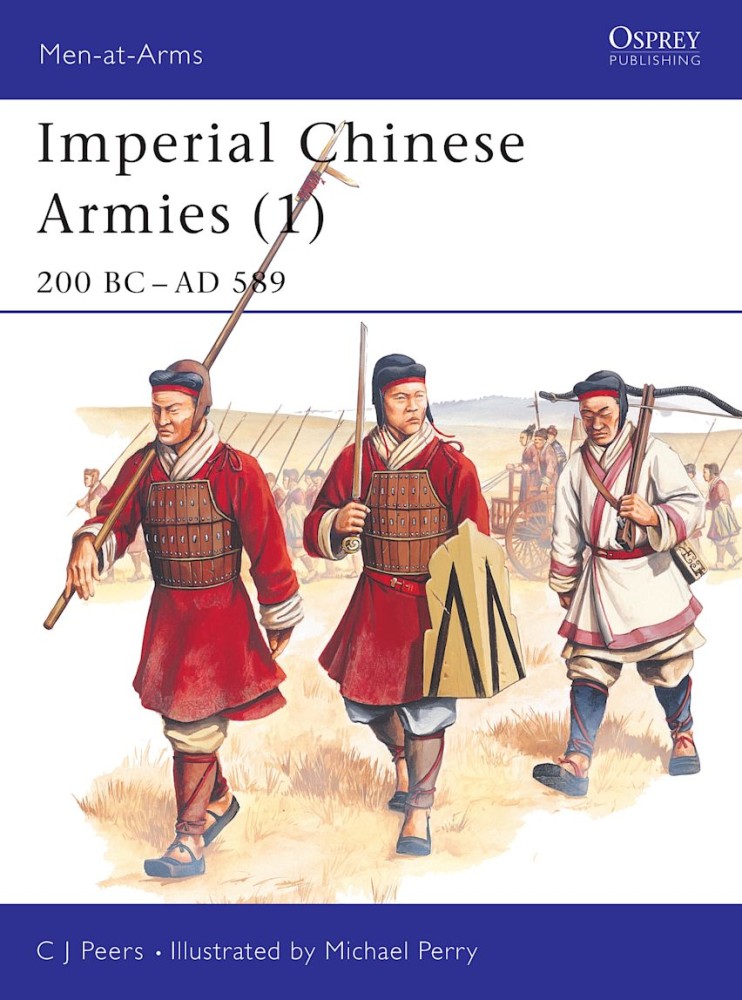The Byzantine Empire's disastrous defeat by the Seljuk Turks at Manzikert in 1071 effectively marked the end of what is often described as the 'middle' period of Byzantine history. Thereafter, surrounded on all sides by younger, more vigorous nations, the once all-powerful Empire slipped into a steady decline which, ultimately, was to prove terminal. However, the Empire's demise was anything but peaceful, and, one way or another, for much of the last four centuries of its existence it was to find itself in a state of virtually constant war. This book examines the fascinating history of the Byzantine Empire and its armies from 1118-1461 AD.
1x General (3Kn)ROBR19 or (3Cv)ROBR14 1x Comitatus (3Cv)ROBR15 4x Light Horse (2Lh)ROBR20 or Peydt (4Sp)ROBR05 4x Peydt (4Sp)ROBR05 or Peasants (7Hd)ROBR04 2x Javelinmen (2Ps)PICT09 Total Figures: 17 Cavalry and 64 Infantry
**Please note that the picture is not of the contents of the army but simply provided to give a sense of what the figures look lik
After AD 304 the five 'barbarian' tribes divided north China among themselves, setting up dynasties which were often Chinese only in name, and feuding constantly both with each other and with the native states, whose stronghold was now in the south. It was under this barbarian influence that the heavily-armoured cavalry which were to become the striking force of the great T'ang dynasty in the 7th and 8th centuries first developed. In a knowledgeable text complemented by numerous illustrations, this book explores the history, weaponry, tactics and organisation of medieval Chinese armies between 200 BC and AD 589.



